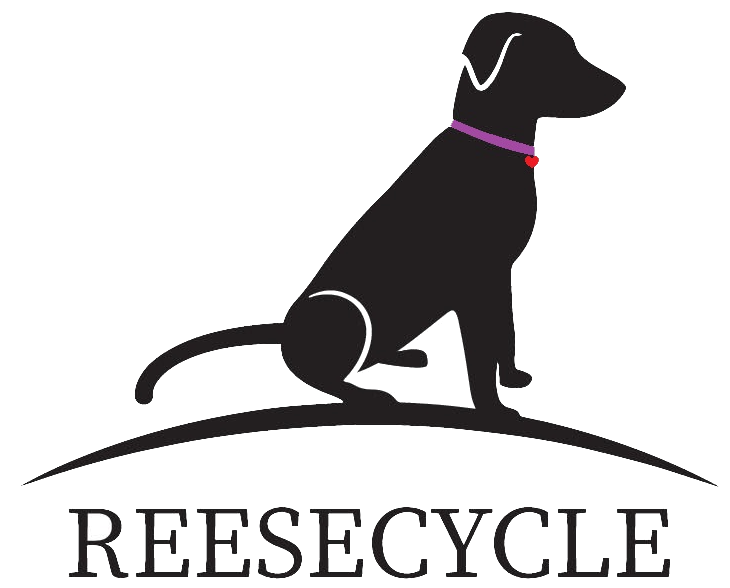Determining Fair Market Value for IRS Donations
When donating damaged, broken, or non-working items to a charity, you may still be eligible for a tax deduction. However, determining the fair market value for such items can be tricky, as the IRS requires you to assess the item’s worth based on its condition and what a willing buyer would pay.
What is Fair Market Value?
According to the IRS, fair market value (FMV) is the price that a willing buyer would pay for an item, and a willing seller would accept, when neither is under pressure to buy or sell. For gently used items, this is often straightforward, but when it comes to broken or non-working items, the FMV might be much lower.
Factors to Consider for Broken or Non-Working Items
- Condition: When determining FMV, evaluate the extent of damage. Is the item repairable, or is it beyond use? Even if broken, some items may have value for parts or repurposing.
- Repair Potential: If an item can be fixed, its value may be closer to the cost of a similar used item minus the repair costs. For example, if a non-working television could be repaired for $50, you might subtract that from the current market price of a working used TV.
- Market Demand: Items with higher demand, even when broken, may still hold value. A vintage or rare item that no longer works might still be valuable to collectors or enthusiasts for parts or restoration projects.
- Item Age and Original Value: The age of the item matters. The older it is, the more depreciation affects its value, especially when damaged or broken. Consider using 10-30% of the original value as a starting point, depending on the extent of the damage and repair potential.
How to Estimate Fair Market Value for IRS Reporting
To report your donation to the IRS, you can use one of two approaches to estimate the fair market value of damaged or non-working items:
- Check Local Market Listings: Search for similar damaged items on local resale platforms such as Craigslist, Facebook Marketplace, or eBay. Look for items in a comparable condition and use their listed prices to estimate the FMV.
- Use a Percentage of the Original Price: A general rule of thumb is to use 20-30% of the item’s original price for damaged or non-working items, especially if you cannot find an exact match in the market.
IRS Requirements and Documentation
The IRS requires any donated items to be in good condition or better for a tax deduction. However, they make exceptions for items valued over $500 that come with an appraisal or sufficient documentation proving their worth.
To ensure accuracy:
- Keep detailed records of the items you donate, including pictures, descriptions, and how you determined their value.
- Use the IRS Publication 561 for more guidance on how to determine the value of donated property. You can find it here.
By following these guidelines, you can confidently report the fair market value of your damaged or broken items to the IRS, ensuring you stay compliant while maximizing your tax benefits.
Ready to Donate?
Your contributions help us reduce waste and promote sustainability. Consider donating your items today!
FMV Calculator